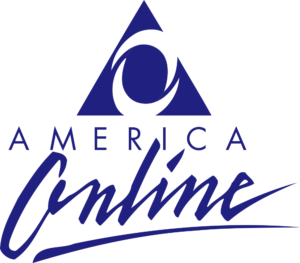Not-So Final Fantasy
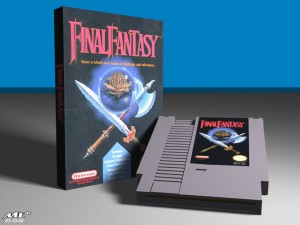
Nintendo releases the original Final Fantasy video game for its Nintendo Entertainment System in North America. One of the most successful role-playing games for the NES, Final Fantasy helped to popularize the genre and has gone on to spawn one of the most well-known RPG franchises in history. Ironically, the game’s creator, Hironobu Sakaguchi, thought the game would be his last one, hence the “final” in Final Fantasy. Had the game not sold well, he would have quit making games and gone back to college. So much for that.
Skylab Reentry
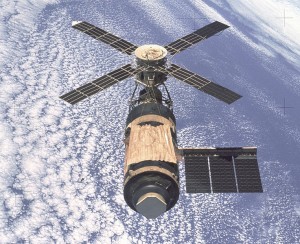
The first American space station, Skylab, reenters the Earth’s atmosphere and burns up after plans for keeping it in orbit fail to materialize. Fragments of Skylab fell around Perth, Australia, killing one cow.
First International Communications Satellite
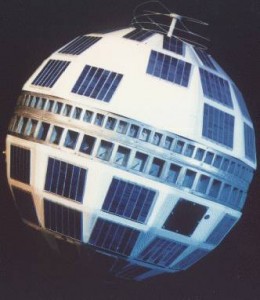
The world’s first experimental international communications satellite, Telstar I, is launched into orbit. Built by Bell Labs and launched by NASA, Telstar 1 was a collaboration between the US, Britain, and France. Telstar I introduced the world to trans-Atlantic video feeds and ushered in a new era of communication. For example, in August of that year, Telstar I became the first satellite to synchronize time between the UK and the US, bringing them to within 1 microsecond of each other, where 2000 microseconds had been the previously most accurate effort. Telstar 1 was also the first satellite to send data between 2 computers, doing so in October of that year between two IBM 1401s in Endicott, New York and La Gaude, France.
For all its technological achievements, Telstar 1 was damaged by high levels of radiation in the Van Allen radiation belts primarily due to high altitude nuclear bomb testing by both the United States and the Soviet Union in 1962. It went out of service in November of that year, only 4 months after its launch. It was able to be restarted in January of 1963 but in late February it failed again and was not able to be placed back in service. Telstar 2 was launched a few months later in May of 1963, using radiation-resistant transistors and launched at a higher altitude to reduce the amount of time in the Van Allen radiation belts. Telstar 2 stayed in operation for 2 years. The success of the two Telstar satellites, along with other experimental satellites launched in the few years after 1962 helped paved the way for the first commercial geosynchronous communication satellite, Intelsat I in 1965. Both Telstar 1 and 2, although no longer in service, still orbit the Earth to this day.
Gil Amelio Ousted from Apple
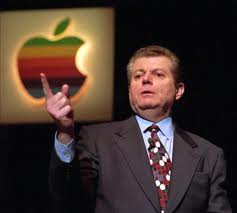
Apple Computer announces the resignation of Gil Amelio as CEO. Having been ousted by the board of directors, Amelio’s departure paved the way for Steve Jobs to re-take the helm of Apple. Ironically, it was Amelio who brought Jobs back into the fold of Apple by purchasing Jobs’ company NeXT to use as the basis for the next Mac operating system.
Donkey Kong and Mario’s Birthday
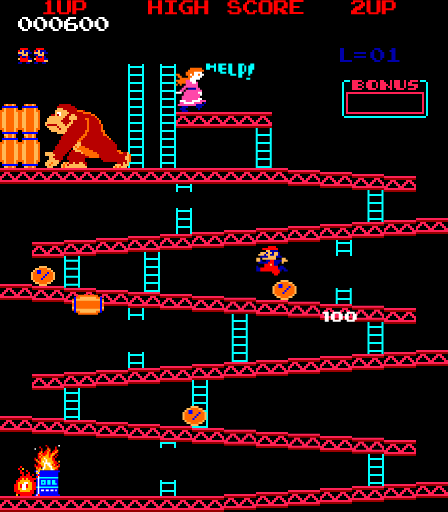
The game that launched two of the most famous characters in video game history is released for sale. Donkey Kong was created by Nintendo, a Japanese playing card and toy company turned fledgling video game developer, who was trying to create a hit game for the North American market. Unable at the time to acquire a license to create a video game based on the Popeye character, Nintendo decides to create a game mirroring the characteristics and rivalry of Popeye and Bluto. Donkey Kong is named after the game’s villain, a pet gorilla gone rogue. The game’s hero is originally called Jumpman, but is retroactively renamed Mario once the game becomes popular and Nintendo decides to use the character in future games.
Due to the similarity between Donkey Kong and King Kong, Universal Studios sued Nintendo claiming Donkey Kong violated their trademark. Kong, however, is common Japanese slang for gorilla. The lawsuit was ruled in favor of Nintendo. The success of Donkey Kong helped Nintendo become one of the dominant companies in the video game market.
Control Data Corporation Founded

Control Data Corporation, an early pioneer in the field of supercomputers, is incorporated. CDC’s most notable employee was Seymour Cray, who during the 1960’s developed for CDC the fastest computers in the world at the time. However, in 1972 Seymour Cray left CDC to form his own company, Cray Research, which then took the title of creating the world’s fastest computers.
A Whole New Way to Drive a Screw

Several US patents are issued for the Phillips-head screw and screwdriver to inventor Henry F. Phillips. Phillips founded the Phillips Screw Company to license his patents. One of the first customers was General Motors for its Cadillac assembly-lines. By 1940, 85% of U.S. screw manufacturers had a license for the design.
AOL Settles Lawsuit on Billing Practices
America Online settles 11 class action lawsuits alleging misleading billing practices. Among the claims raised against AOL were that customers were not aware that charges were rounded up to the next full minute, that 15 seconds were added to each session for “connection time”, and occasionally billing customers for time in “free areas”. AOL continued to charge by the hour until December of that year, switching to a flat monthly rate of $19.95. Who here remembers that point in time when this pricing change caused AOL to have such a huge spike in new users that for a time it was almost impossible to connect to AOL due to the busy signals!
AOL was a major driver of the growth of Internet usage in the 1990’s as their blanket marketing campaign of distributing free trial disks was the introduction for many people to the nascent global network. It is reported that at one point in the 1990s, half of all CDs pressed were AOL installers. To illustrate AOL’s growth, and by proxy users accessing the Internet, from 200,000 subscribers in 1993 when AOL first offered Internet access, AOL had grown to 1 million subscribers in 1994, 4 million in 1995, 8 million in 1996, 10 million in 1999, and through continued growth by marketing and acquisitions of other online services such as Compuserve, 23 million subscribers in the year 2000 where they made over $4 billion in subscription fees. In 2001 AOL made the biggest merger in history at the time with Time Warner and in 2002 reached over 26 million users before the emergence of broadband DSL and cable Internet services began the slow decline of the once-dominant company.
Simple as 1-2-3: IBM Buys Lotus
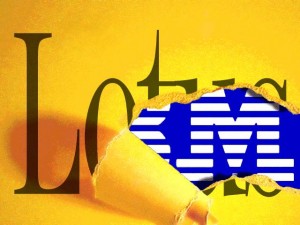
IBM completes a $3.5 billion buyout of Lotus Development, the producer of the once-dominant Lotus 1-2-3 spreadsheet software and the then-popular Lotus Notes groupware. IBM had hoped to leverage Lotus 1-2-3 to challenge the increasingly demanded Microsoft Excel software, but alas, there was little slowing down the Microsoft juggernaut during the 1990’s. Lotus 1-2-3 steadily lost marketshare, and IBM finally announced the end of support for the software in 2013.
Lotus Notes groupware faired little better than 1-2-3, succumbing to Microsoft Exchange as the dominant groupware platform among large companies, but it remained entrenched among certain corporations for many years under the name IBM notes. In 2018 IBM sold Notes along with other software products to HCL Software for $1.8 Billion. HCL still develops and supports Notes to this day with a focus on security and lower cost as a way to compete with Microsoft Exchange.
The First 16mm Film System Introduced
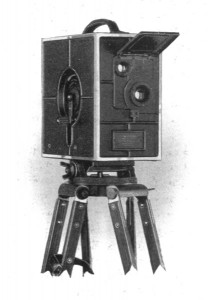
Kodak introduces the hand-cranked Cine-Kodak Model A, the first complete 16mm film system. 16mm film was developed to be an amateur alternative to 35mm film most often used by professionals. However, it found widespread use during World War II and later for television production, especially TV news. 16mm film is still in use today for certain applications.

